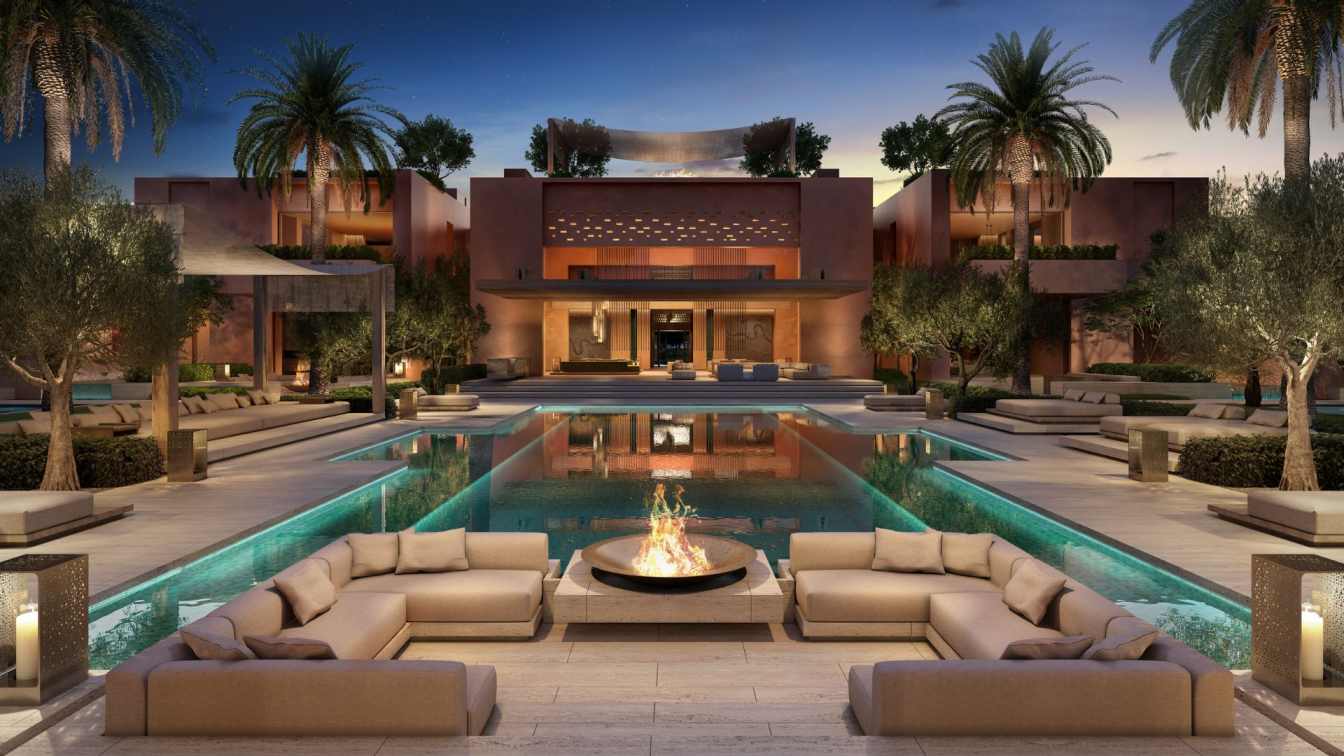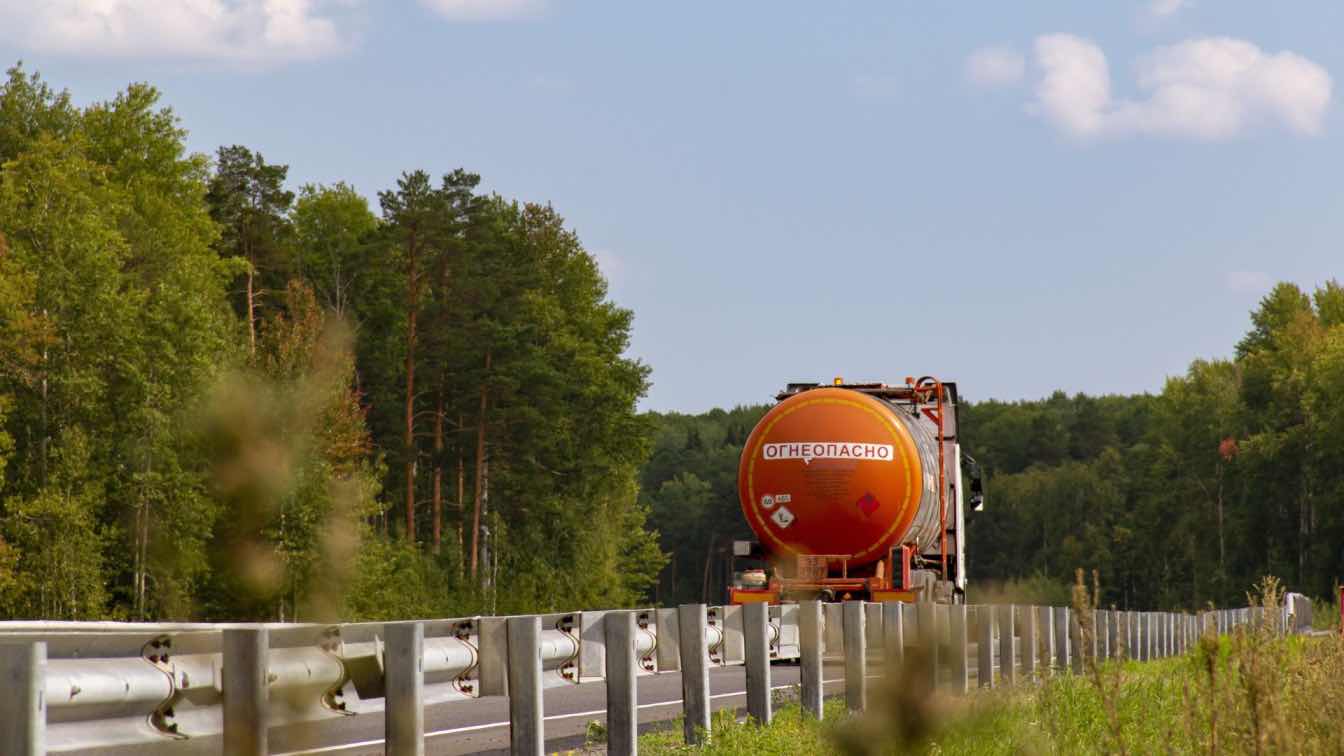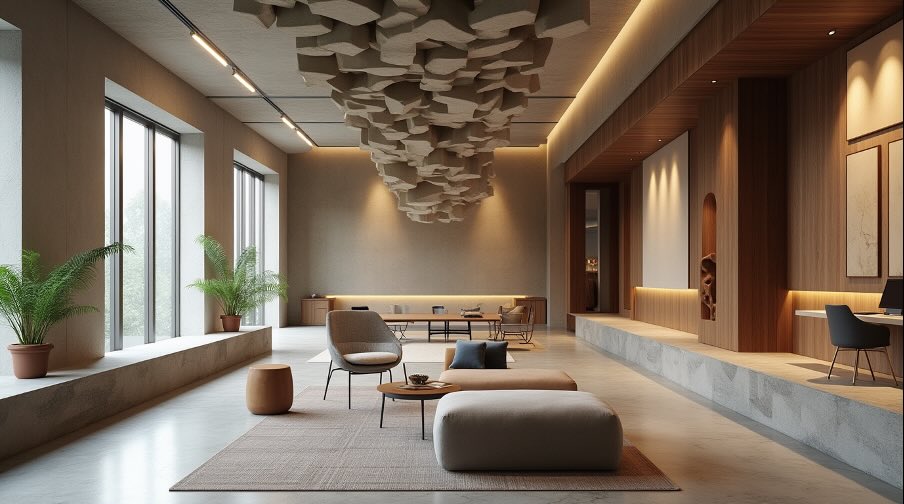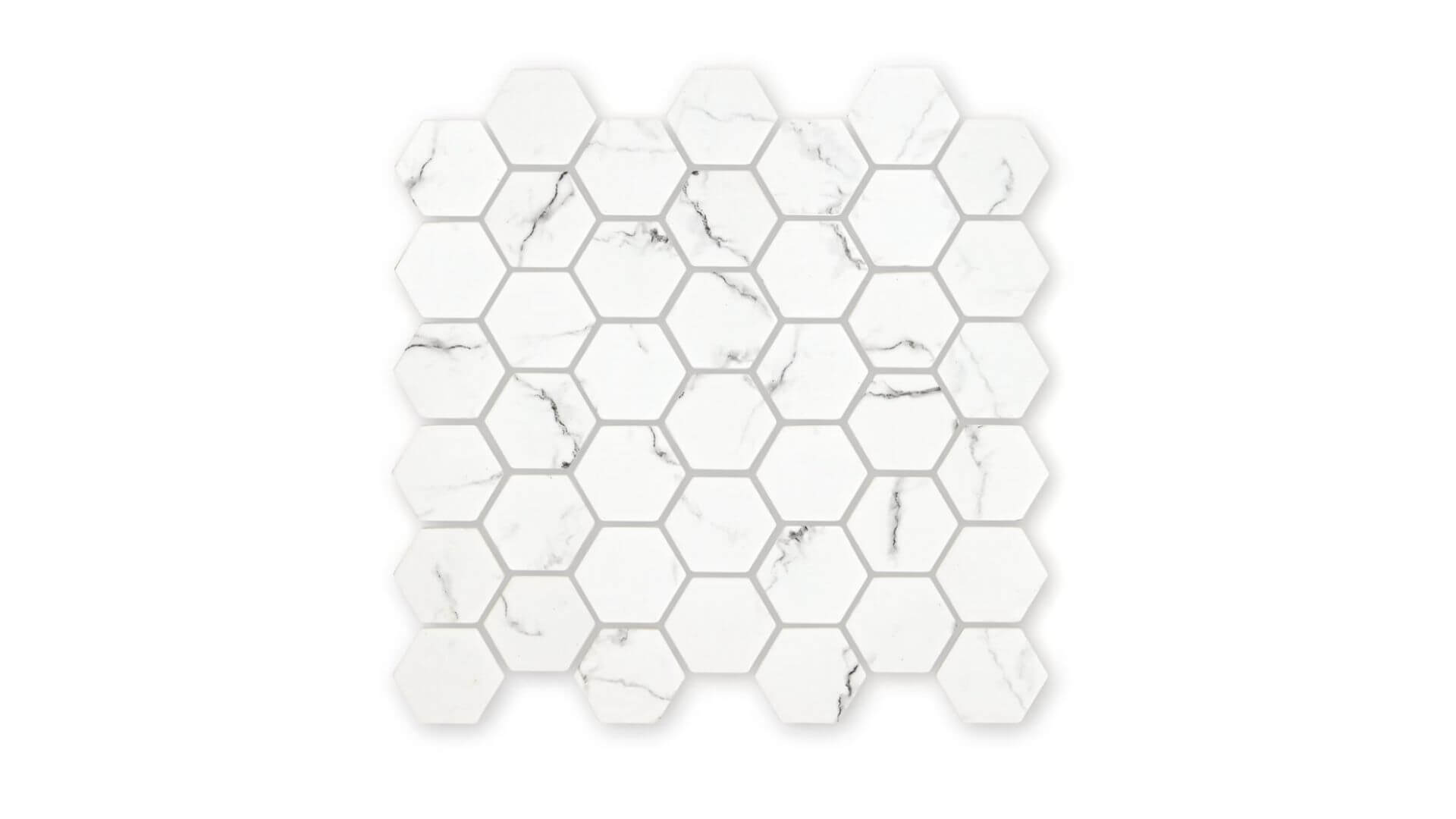In hospitality, loud design once signalled luxury. From the 1990s to early 2010s, spectacle sold – with features like grand entrances, oversized lobbies, and expansive glass façades. But as daily life accelerates, travellers are increasingly looking for spaces that offer calm. In response, architects have an opportunity to adjust their approach to hospitality design; from visual impact to creating environments that encourage slower, more restorative experiences. This is according to Dani Reimers, Principal at SAOTA, a South African architecture firm with projects spanning six continents.
“This cultural recalibration we’re witnessing marks a shift in how architecture can restore, rather than overwhelm, the senses,” explains Reimers, who first joined SAOTA in 2013 and was promoted to Principal in 2024. “In a world shaped by relentless acceleration, the most generous hospitality offering is often the ability to slow down - or stop altogether. We’ve found that the way spaces are designed can profoundly impact people’s experiences and moods.”
This growing cultural fatigue with spectacle is evident in culture at large and designers are responding by moving away from constructed perfection, offering instead subtlety, restraint, and a return to elemental experience. Reimers’ own experience working in hospitality architecture offers some insights into designing in this way:
Building with, not on
According to Reimers, compelling hospitality architecture starts by listening to the land. “Designing with the site - not over it - requires restraint. It means allowing topography, climate, and ecology to lead.”
This approach is not just aesthetic, it’s ethical. The most grounded projects respond to natural patterns, with pathways that follow contours and volumes that settle into the terrain. Materials feel local and construction feels inevitable. At Noom La Reserve, a resort outside Dakar, the SAOTA team began with the landscape. “The Baobab trees were non-negotiable; they defined the masterplan,” says Reimers. Clay-rich red soil was used for rammed earth walls, grounding the architecture in place.

Culture beyond aesthetics
Alongside environmental sensitivity is a growing call for deeper cultural engagement. “It’s about asking: what came before us here? What are the local logics of welcome, gathering, and retreat?”
Designers are looking to vernacular forms and building techniques shaped by climate and community. When architecture reflects these traditions, it fosters hospitality that feels rooted (not imported) and allows guests to encounter a place on its own terms.
Designing for the senses
Where traditional hospitality aimed to impress, today’s spaces seek to engage. “Experience is not just visual. It’s multisensory - olfactory, tactile, acoustic, thermal,” says Reimers.
Once limited to wellness resorts, this approach now informs broader strategies. Materials are chosen for feel and tone; light is softened; sound is controlled through spatial design.
Evidence supports this shift, with natural environments being shown to improve mood, attention, and cognitive function1. Brands like Aman, whom SAOTA designs for, are a good example of a brand that embodies this thinking.
The quiet turn in luxury
This movement mirrors a broader change in taste. “Quiet luxury isn’t just a trend. It’s a refusal,” says Reimers. “A refusal of distraction, overstimulation, and performance.”
In architecture, that means subtle details, spatial clarity, and enduring forms. Materials age naturally and spaces are built for longevity, not for show.

Time, slowness, and staying off-grid
A major shift is how time is treated. “These aren’t spaces for consuming experiences, but for inhabiting them,” says Reimers. Disconnection is deliberate, and the infrastructure must be quieter. Rituals, like bathing, reading and conversing around firelight, are given space to return.
“It’s not about escape,” she adds. “It’s about arrival - on different terms.”
Designing for presence
At its core, this is about enabling connection - to place, to people, and to the present. “We’re not just designing buildings,” Reimers says. “We’re creating the conditions for reflection and restoration.”
These are not nostalgic retreats, she stresses, but forward-facing sanctuaries: intelligent, simple, and emotionally generous.
In a landscape where attention is fragmented, expectations of luxury are evolving - and so too must the spaces that define it. For architects working in hospitality, the opportunity now lies not in creating statements, but in shaping atmospheres that are quiet, contextual, and purposefully restrained.















